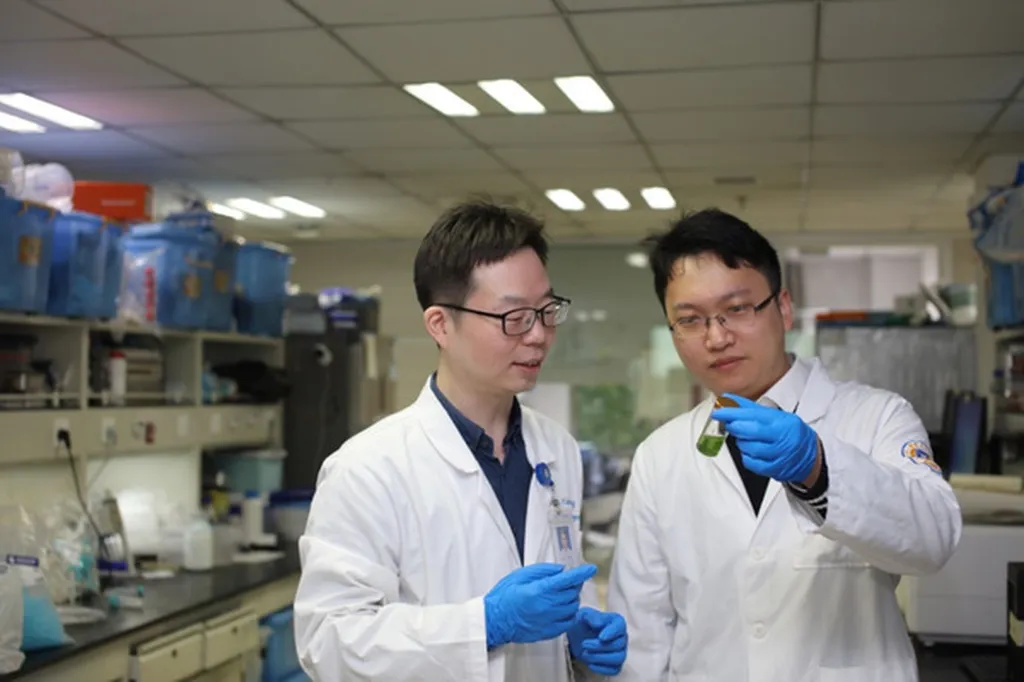In the intricate world of fungal biology, a groundbreaking discovery has emerged that could reshape our understanding of gene regulation and potentially open new avenues in the energy sector. Researchers from the State Key Laboratory for Quality and Safety of Agro-Products at Zhejiang University, led by Dr. Mengting Xu, have uncovered the pivotal role of a chromatin remodeler in the filamentous fungus Magnaporthe oryzae. This fungus, notorious for causing rice blast disease, has now become a model for studying the mechanisms that drive transcriptionally permissive chromatin and an activated histone environment.
Chromatin remodelers are like the architects of the genome, shaping the structure of chromatin to control gene expression. In this study, the researchers focused on a specific remodeler called RSC1 (Remodeling the Structure of Chromatin 1). They found that RSC1 is indispensable for establishing open chromatin architecture, a state that allows genes to be easily accessed and transcribed. “RSC1 is a critical regulator in this process,” Dr. Xu explains. “Its activity is tightly correlated with altered nucleosome occupancy, which means it directly influences how tightly or loosely DNA is packed within the nucleus.”
The study revealed that RSC1 physically associates with a H3K27me3 demethylase, an enzyme that removes methyl groups from histones, thus preventing the spread of heterochromatin—a tightly packed form of DNA that is typically transcriptionally silent. By modulating the abundance of this demethylase, RSC1 helps establish precise chromatin boundaries, ensuring that genes are either active or inactive as needed.
But the discoveries don’t stop there. RSC1 also recognizes histone acetylation, a process that adds acetyl groups to histones, making the chromatin more accessible for transcription. By recruiting histone acetyltransferases, RSC1 drives histone hyperacetylation at its target genes, further promoting transcriptional permissiveness. “By integrating a chromatin remodeling complex, H3K27 demethylation, and histone hyperacetylation, RSC1 orchestrates an activated histone environment to promote gene expression,” Dr. Xu elaborates.
The implications of this research extend beyond the realm of fungal biology. Understanding how chromatin remodelers like RSC1 function could have significant commercial impacts, particularly in the energy sector. For instance, fungi are increasingly being explored for their potential in biofuel production. By manipulating chromatin architecture, scientists could enhance the expression of genes involved in the breakdown of complex plant materials into simple sugars, a crucial step in biofuel production.
Moreover, the insights gained from this study could pave the way for developing novel strategies to control gene expression in other organisms, including plants and animals. This could lead to advancements in agriculture, medicine, and biotechnology, ultimately contributing to a more sustainable and energy-efficient future.
Published in the prestigious journal Cell Reports, this research not only sheds light on the fundamental mechanisms of gene regulation but also highlights the potential for innovative applications in various industries. As Dr. Xu and her team continue to unravel the complexities of chromatin remodeling, the scientific community eagerly anticipates the next breakthroughs that could further revolutionize the field.

